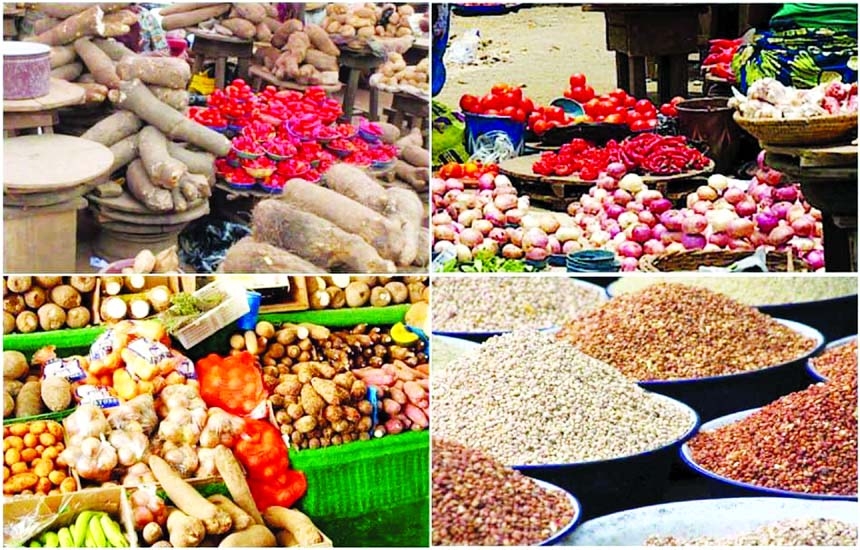
Business Desk :
Global food prices are rising at their fastest rate in a decade, exacerbating the troubles of the world’s most vulnerable nations as they struggle with the fallout from the coronavirus pandemic, reports AFP.
The United Nations’ Food and Agriculture Organization (FAO) is worried that soaring prices could foment further social unrest in countries already mired in political turmoil.
According to the FAO, food prices were nearly 40 percent higher in May than a year ago, the sharpest increase since September 2011.
On a 12-month basis, the price of corn has skyrocketed by 88 percent, soybean by 73 percent, grain and dairy products by 38 percent, sugar by 34 percent and meat by 10 percent.
“Obviously, it’s very concerning,” said Arif Husain, chief economist of the World Food Programme.
In 2007-2008, brutal increases in the price of basic foodstuffs sparked riots in a number of cities around the world. Peaking in 2010-2011, the price rises acted as a harbinger for the Arab Spring uprisings.
The global economy is rebounding but inflation is also rising as governments have spent huge sums on stimulus programmes after the pandemic brought economic activity to a standstill last year.
China, which the World Bank projects will notch up growth of 8.5 percent in 2021, is gobbling up basic foodstuffs such as oilseed, cereals and meat.
“It really is China which is currently fuelling the surge in food prices,” said economist Philippe Chalmin.
The US economy is also expected to bounce back strongly, with the World Bank projecting growth there of 6.8 percent this year.
But the economic recovery is “very uneven” across the world, with developing nations facing higher import bills while their income is not growing, said Josef Schmidhuber, deputy director of the FAO’s trade and markets division.
Other factors behind the surge in prices include a drought in Brazil, which is driving up corn prices, rebounding oil prices and an explosion in sea freight costs.
For the moment, harvests are projected to be very good.
The US Department of Agriculture is forecasting record crop production for 2021-2022 and also record harvests of Brazilian soybean and American corn. If these materialise, that will help ease the price situation.
But climate conditions could be a wild card in such projections.
The FAO’s Schmidhuber believes that prices will remain relatively high this year, notably if oil prices go up as the agriculture sector consumes a lot of energy.

